The Promise of Spring
At about dusk, the star magnolia out my window seems to almost glow in the fading light. The blossoms are fully open, welcoming the night pollinators. The tree/shrub wears a yellow skirt of daffodils.
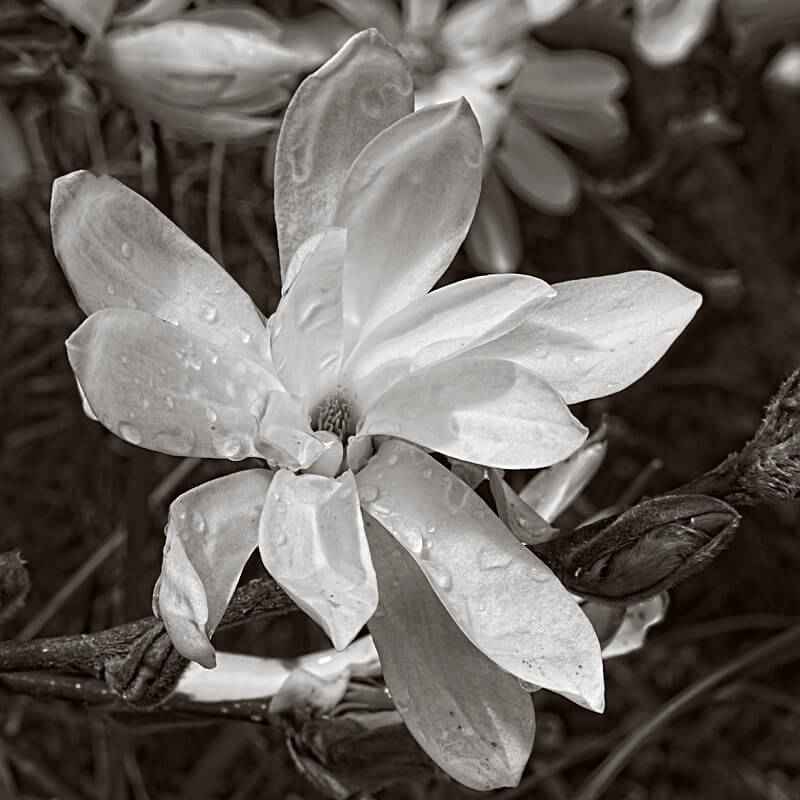
This little tree has done so much better since I did two things:
- installed drip irrigation during the summer with an emitter that fills a birdbath, and
- put several bird feeders nearby, hung from arching metal plant holders.
The birds perch on the hangers, scratch the ground beneath, sip from the birdbath, and poop generally everywhere. The birdbath is filled with polished stones to give a safe place for bees, but still enough depth for the birds to enjoy a drink and a splash. A small hole in the ground beneath the feeder indicates a vole or some other small rodent has also taken up residence. With so much bird seed, how could it not? It aerates the soil, eats insect and worm protein to complement the grain diet, and basically stays out of the way.
Today I watched two mourning doves hunker down nearly the entire day here. Were they injured? No, they were just appreciating a bit of sun in a safe refuge. Interestingly, these birds can live 30 years or more! What do they do with their time? Later they sat side by side on the fence. Perhaps they knew that cold weather was in the forecast – possibly even snow. Winds had swept through here at 40-45 mph for the last day or so and weren’t expected to ease up for several more.
It is spring, after all. One moment we think it is time to plant squash; the next, we are scrambling to protect whatever we have foolishly planted too early in our anticipation of sunshine and warmth. Patience, Grasshopper.
This constant exchange and transition from what appears to be some sense of order – i.e., the static quality of winter sleep – to the awakening of spring into instant chaos – wherein the first sprouts tentatively emerge to gauge the lengthening light and then rapidly rise to a crescendo to fling their seed to the world before falling back to earth in the death of winter again – is repeated every year. Time is of the essence! As we witness this symphony / sometimes cacophony, we humans, who have a penchant for keeping time, mark the passage from one season to the next and back again for the next refrain, representing one full cycle around the star we call our sun.
I am often overwhelmed with the concept that we even exist at all, and it occurs to me, that if we just immerse ourselves in the wildness around us, we might observe a few of the intricate interactions around us and learn from them. They are everywhere.
It is easy to start in our own backyards where we pay most attention to a few herbaceous “favorites” we have committed ourselves to protecting against the wild marauders that surge forth with such enthusiasm for light and life, that they threaten their own existence (and that of others). But beyond those determined opportunists, we can observe a whole metropolis of minute creatures busy in their quest for food and the potential to procreate and then support their young to do it all over again.
But I am getting sidetracked, as I often do.
The point I have not made is: we are, supposedly, the dominant intelligent species. And at this point, we have manipulated our environment to suit our needs and desires to such an extent, that much like the invasive weeds, we are threatening the future of our own existence and that of others.
On this designated “Earth Day,” we pause to appreciate the many miracles around us and recognize this opportunity in the increasing light of science, to make a transition to a different way of being, one that nourishes and regenerates the life of our planet to bring it back into balance. This balance is the essence of what ecologists call “Gaia.”
“Gaia: the hypothesis that the living and nonliving components of earth function as a single system in such a way that the living component regulates and maintains conditions (such as the temperature of the ocean or composition of the atmosphere) so as to be suitable for life.” — Merriam-Webster Dictionary
We are, in essence, talking about relationships. Once again, I am struck by the simple maxim, if we care about something, we will protect it.
And so I return to the garden – my coping mechanism for the incomprehension of life and mortality – where I can nurture this small universe around me and watch both – life, death, and life again – fold one into the other.
It is easy to get overwhelmed.
The news is filled with so many apocalyptic scenarios: politics and war, pandemics, changing climate, human suffering. The garden becomes a refuge of survival on so many levels. It feeds our bodies, provides medicine, and nourishes our souls. It gives us an opportunity to DO something on our little postage stamp square on this very large and yet very small planet – to change the trajectory.
I am struck by the realization that all is not lost. Far from it. Each and every one of us can do something very simple to make a difference:
Plant a Seed
Feed it. Water it. Maybe even eat it – or leave it for something else to eat. Let it inhale CO2 and exhale oxygen; cover and protect the soil around it; help it to nourish the animals below we cannot see. A healthy soil is at the core of any healthy ecosystem, and at the core of healthy soil is abundant soil life – the microorganisms and small creatures that make nutrients available to plants. The better the soil, the more nutrient dense the plants that feed other living things.
Plants are our allies. They will save the earth.
Everyone can do this, whether on a homestead or farm, in a backyard, a community plot, or from an apartment balcony.
“Every person on Earth depends entirely on the quality of the Earth’s ecosystems for his or her continued existence; therefore, each of us, not just a few scientists, carries an inherent responsibility for good earth stewardship.” ~ Douglas W. Tallamy, “Nature’s Best Hope: A New Approach to Conservation that Starts in Your Yard.”
Perhaps it begins with just a few things in pots. Maybe a compact patio tomato – maybe even two. And then an herb or two would look quite nice beside them. Maybe you can even water them with some rinse water that would otherwise just go down the drain. And isn’t it interesting how something as simple as a little rosemary plant – it doesn’t ask for much – will attract bees, make the air smell nice, flavor your food, and is also good medicine. And since you have a little cherry tomato that provides little red balls of juicy fruits like Christmas gifts in summertime, you might possibly think a basil plant might go along with it and be something a bit more delicate but rather fancy. And the next thing you know, you are having fantasies about pesto. You find yourself tucking little plants in around the edges, and maybe even in the ground, even if it’s a rental, because it’s always nice to leave a place nicer than when you found it.
On a larger scale, perhaps you decide to turn a little patch of what would otherwise be lawn into a place for a little wildflower meadow, and then you have one less patch of grass to mow. If you have the room, you might bit-by-bit cover the ground with flowers that feed insects and shrubs and trees with roots that grow deep and branches that provide shelter and a canopy that captures the morning dew and collects enough moisture heavy enough to even make its own rain – and in that spot, that tree and its companions have changed the climate and provided food, water, and shelter for a whole assortment of creatures.
Read that again: the climate was changed. We usually refer to these areas as “microclimates.” Not a big deal. Until we realize how we just manipulated an area to create a change in climate. Extend that idea and imagine it everywhere.
We can do this.
Calling All Calling Birds
A good friend stopped by the other day and remarked: “Birds! You have so many birds!” and we talked about how the shrubs provide so much food and shelter. True. Our backyard is a noisy place, particularly at this time of year. But it later struck me that it is more than just the shrubs that made it happen.
It didn’t used to be that way. It was just a run-down over-grazed field full of thistles. We had a few animals – always a dog or two, sometimes a cat, and for many years, some llamas. We no longer have off-leash semi-domesticated animals patrolling or prowling about the property (nor rowdy children chasing after them). With the planting of a variety of native plants, herbs, flowers, fruits, vegetables, and assorted useful plants, we have created a quiet sanctuary of sorts. It attracts a lot of insects, which attract a lot of birds, snakes, and small mammals. Larger wild animals have taken notice and have also moved in.
I laugh when I think how I used to run out there, waving my hands wildly about, trying to scare off the deer, who had done considerable damage to expensive young trees and shrubs. They just stood there and looked at me. I was an odd creature, undoubtedly. Now I think what a privilege it is to have them here. They know it is a safe place to raise their young. I protect young saplings with temporary cages, but for the most part, they are free to wander. They nibble here and there. They sometimes bed down in the willows or even in the open field.
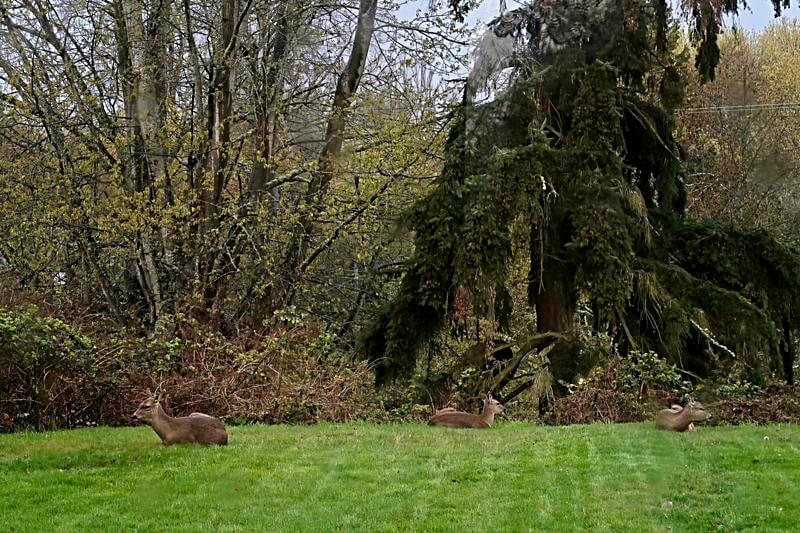
Similarly, I used to try to chase off moles and voles. I have even tried solar-powered devices that emit vibrations to deter them from my revered Andean mashua, oca, and ulluco root collections. In their defense, the moles bring soil to the surface; the robins pick off the worms and bugs; the quail come along later and use the mounded dirt for dust baths. And yes, the voles take full advantage of the underground network of tunnels and can get a bit out of hand. We provide them with the perfect environment with heavy mulch. However, they also have a purpose, perhaps one I don’t always fully appreciate. They eat slugs and snails and a whole lot of insects, which have voracious appetites for fresh greens and other delectables. They also help disperse mycorrhizal fungi. They leave behind burrows, which the bumblebees often use for their nests. Not to mention, they can be a tasty treat for owls, hawks, foxes, coyotes, and opossums….
When I hear frogs in the early evening and step aside at a startled snake, I know things are working. Every year, I keep an eye out for where the bald-faced hornets decide to build their nests. Sometimes it can be down quite low, and if it is not in the way of main paths or buildings, I let them be. They are some of my best pest controllers. Ants build large hills, but they are impossible to remove, and I have to question: friend or foe? I think they do more good than harm, despite their reputation for helping aphids.

Our yard (just under 2 acres) is a relatively quiet place – one bordered by cedars and Doug firs. We planted mock orange, some mahonia, and a few red flowering currants that have grown spectacularly large and provide a magnificent display of color in early spring. It is quite entertaining to stand out there and be surrounded by buzzing bumblebees and whirring hummingbirds. The quail often hide beneath the currants; I can hear them chittering, discussing whether I am too close of a threat and whether they should leave. I stand still.
It is easy to support such a diverse ecosystem – simply provide what we all need: food, water, shelter, and a safe place to raise young.
Some might see the garden as a total mess – but this perspective is mostly by those who think of a garden in terms of geometrical layouts. If I do not force the construct, the plants are allowed to evolve under their own terms and form their own contours. The paths may change. Yes, sometimes I have to step in to limit thugs, such as bindweed, which would strangle and suffocate everything if allowed to do so – but for the most part, things are allowed to grow as they might.
Deer prune the hedges, which then produce more branches and blooms. Sometimes they rub their velvety antlers up against the willows, shredding the bark in the process; the aphids and other insects move in, coating the branches with so much black gloop, I think the willows, as indestructible as they are, just might die – but then I come back later and every aphid is gone – and I am not sure who exactly ate them or cleaned up the gunk, but I am certain the bald-faced hornets were involved. I see a large bulbous nest constructed of layers of marbled papers hanging from a low hazelnut tree branch. It is a work of art. They do not come flying out to chase me away. I am not a threat. I know where they are; I respect them; I give them their space; they help me in return.
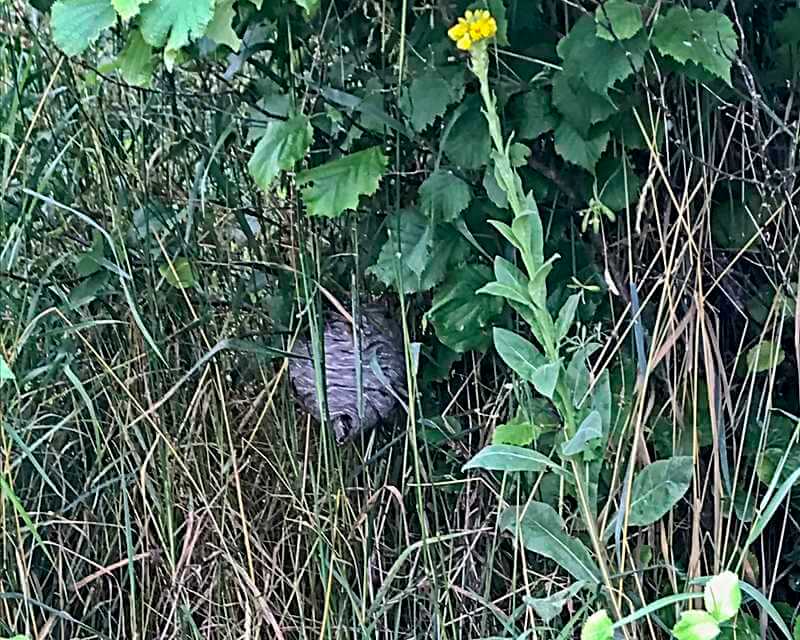
Shelter can take many forms – under a shrub, in the tall grasses, in hollow stems left standing over winter, in piles of rocks or other debris. Some branches broke off some Doug fir and cottonwood trees during winter storms, so I piled them off to one side, along with some older pruned willows and broken branches from an old vine maple. Something is probably hiding in there as I write; the wind is ripping through here at about 45 mph. Yesterday we even had hail – which, at almost sea level in mid-April, is something. The ability to find shelter is important.
We put up bat houses to help keep the insects down. To our knowledge, bats never moved in. And then one summer night we were out at the edge of the back field, watching the stars come out, and we realized there were bats everywhere, darting in and out of the trees and back and forth in front of us.
The thing is, we will never fully understand the complexity of all the interactions taking place in our own backyards.
We are not so much orchestrators as facilitators.
Again, To Begin, Plant a Seed
And if you have room, plant a few more – and perhaps a tree or shrub, preferably native. Plant something for food, some for shade and shelter. Plant a variety of things that bloom at different times. Cover the soil with leaves.
This is what gardeners do. We plant things. We can’t help it.
What was going to be a few tomatoes can easily turn into a little refuge – a habitat of sorts. Simply let the weedy areas around the edges be what they are: hiding places, nesting material, food sources.
And then there’s water, essential at every time of year, but particularly in the extremes of summer and winter. For us, our county-wide irrigation ditch that provided water and habitat for over 100 years was piped about 5 years ago and is no longer available for wildlife. So now we channel rainwater from the barn roof to a couple of shallow ponds, the overflow of which waters other plants. Sometimes I place dishes under drip line emitters for snakes, rodents, and insects – always remembering to provide an escape with rocks or branches, or they can become death traps to beetles and their ilk.
It’s About Relationships
“This brings us to what may be the biggest flaw of the Endangered Species Act: it focuses on saving single species rather than saving the ecosystems on which those species depend.”
Douglas W. Tallamy, “Nature’s Best Hope: A New Approach to Conservation that Starts in Your Yard.”
The focus in the garden is not so much on individual species, but rather on the relationships between them and the animals that benefit from them. How do things connect? Soil, water, plants, animals, and people…. We start noticing ecological relationships, such as predator/prey, competition for resources, and also the way plants and animals help one another.
We might learn about how the blooming of certain native plants coincide with the emergence of certain native bees or bird migrations; or how flowers have developed particular colors, scents, and shapes to better attract just the right pollinator.
Raising honey bees, a non-native species, has made me much more aware of our many other pollinators, including native bees, ants, beetles, flies, wasps, and birds, each with a unique role to play in this intricate web of life, and like every other living thing, whether plant or animal, with a common purpose of sending their progeny out into the world to carry forward and start all over again.
The Importance of Bugs
“If all mankind were to disappear, the world would regenerate back to the rich state of equilibrium that existed ten thousand years ago. If insects were to vanish, the environment would collapse into chaos.”
— E. O. Wilson
Some of the best trees and herbaceous plants we can grow for wildlife are grown not so much for pollen and nectar, but rather because they are hosts to caterpillars and larvae (examples include oaks, willows, birches, goldenrod, and asters). Recent studies show that a decline in bird populations could very well be tied to a decrease in insects. Causes of insect decline include pesticide use, land clearing and habitat loss, fewer native plants that are primary hosts, and climate change. It is estimated that 96% of North American birds raise their young on mostly bugs and caterpillars (Peterson 1990)! Insects and caterpillars are also a critical component of the diets of many migrating birds, which depend on the fat and protein to refuel before continuing on their journeys.
One of the reasons for insect decline is our idea that we like things tidy under trees. According to Douglas Tallamy, more than 90% of caterpillars do not pupate on trees and shrubs, but rather, fall to the ground and pupate either in the leaves and grasses or other mulch, or inside chambers they form underground. This means, when we mow a close-cropped lawn around trees and rake away the leaves, we destroy these insects – and an important food source in the process.
Another reason is that insects are adapted to living on and eating native plants; they have been very slow to adapt to non-native species. In our lawn-obsessed society, many of the native plants have been replaced by ornamental varieties that do not support robust insect populations. Sadly, it is estimated that bird populations have declined by about a third in recent decades, with the great majority being those that depend on caterpillars and other insects in their diets (Rosenberg, et al., 2019).
There is a lot we can do to change this scenario in our own backyards — but we need to look at the broader landscape. No land is an island, even if surrounded by water! Google Maps is a great tool for zooming out and seeing how we fit in. When I do this with our property, it is a bit of an eye-opener as to how much the surrounding landscape has been completely cleared for farmland and housing development. I imagined we were more connected to the nearby river. And what I thought of as a “backyard jungle” is actually just a little green bleep on the map.
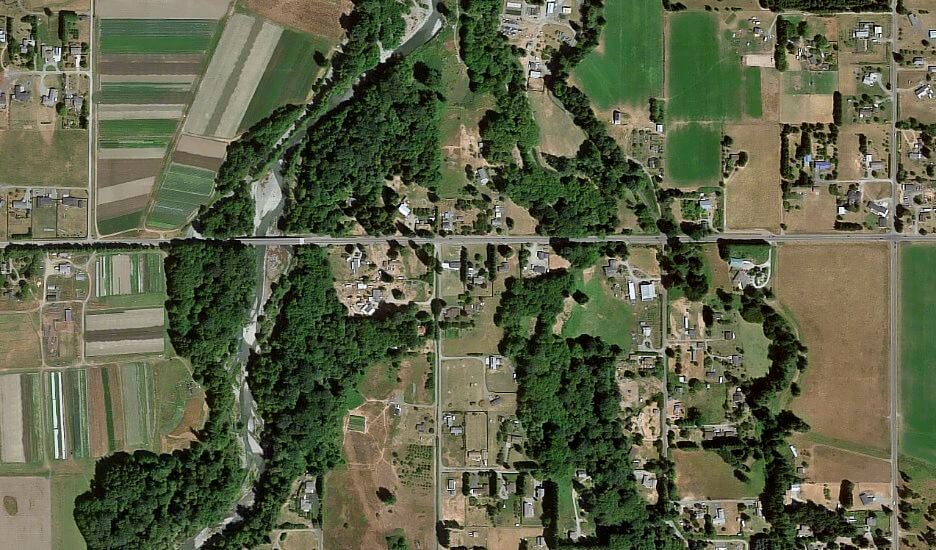
How do vegetation, open spaces, and water bodies intertwine within the local watershed? Are there areas that serve as wildlife corridors? Refuges? Barren areas? If we think of the landscape in terms of layers, are all the layers represented? A tree plopped down in the middle of a golf course does not create a lot of habitat. Transitions are important. Can we see relationships in space and time on a larger scale with the land around us? Even if we don’t have the acreage for a biological refuge, we can see where, combined with our neighbors, we can still create viable habitat. The more complex, the more diverse, the more interacting layers – the better a variety of species will be able to thrive there.
Everything is connected.
Climate Solutions: Ecocentric vs Egocentric
When we nurture our local wildlife by creating ecosystems, we become by default climate protagonists.
Sure, there are many ways we can contribute to climate solutions. We can “reduce–reuse–recycle,” use less fossil fuels, and make other lifestyle changes to reduce our ecological footprint. We can change our mindset from one of consumption to one of frugality and conservation.
But once we change our perspective to focus on sustainable practices that not only meet our own needs, but also include the needs of other creatures living on this planet – we become aware of a whole other workforce engaged in the Earth’s defense.
Once we immerse ourselves in the interactions in our own backyards, it is hard to look away. When we understand how easy it is to simply provide uncontaminated food, water, and shelter to the tiniest of microorganisms on up to the larger mammals and raptors that might pass through our landscapes – we see how we can make a quite noticeable, literally life-changing difference. Conversely, when we landscape for aesthetics rather than for ecological function, we do so to the demise of wildlife.
One little backyard might not change the world – but put all the little backyards on a map and mark each one with a green dot – then connect the dots. Even the smallest garden can be a part of this effort. Everyone can grow a little of their own food – or a lot – and everyone can grow a little something for wildlife, or an entire backyard habitat.
“If conservation is to happen, it must happen largely on private property, but not just on farms and ranches; it must include all types of private property, from the smallest city lot to the largest corporate landscape.”
Douglas W. Tallamy, “Nature’s Best Hope: A New Approach to Conservation that Starts in Your Yard.”
It’s always a work in progress, one that changes with every season and every revolution around the sun.
It strikes me that “Earth Day” or “Earth Month” are rather silly ideas. Do we need such “days” to bring awareness of how important the natural world – our very planet Earth – is to our existence? Isn’t it obvious if we just go out there and immerse ourselves in that wildness?
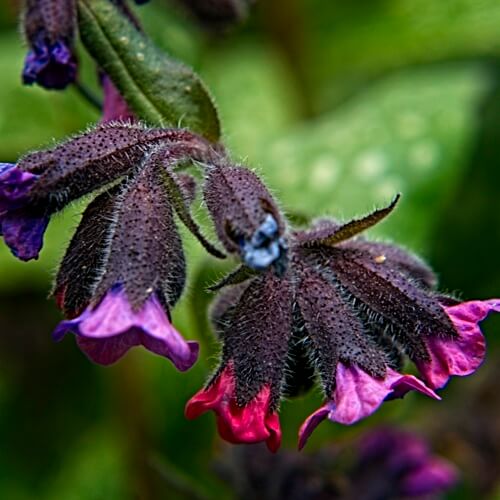
It is a few days later now and I am trying to wrap up a blogpost that has taken many twists and turns – because trying to express how I feel about Earth Day, our garden, what is happening in the world and with our planet, and what we can (or can’t) do about it – is, well, complicated.
Once again, it is twilight and I am sitting in my chair, watching the little birds scratching about beneath the star magnolia. The blossoms are tattered and beaten by recent hail and gale force winds. A few buds are still on the verge of opening. A nearby cherry is in full splendor, complementing the pink/white theme; yellow splashes of dandelions and bobbing daffodils dot the landscape and punctuate the deep greens of leaves and grasses.
The “pink moon” – a noted super moon – is about to rise but will be muted by a dense cloud cover. Today’s ultra-low tides provided us with panoramic views of pristine bays and sandy intertidal flats filled with moon snails, fuzzy purple sand dollars, and tiny hermit crabs carrying their homes to shelters beneath discarded oyster shells. Our region here in the Pacific Northwest is full of nature’s bounty and splendor, and I am constantly reminded of how privileged we are to live here.
It is definitely spring, which teases us with the promise of warmth but then hits us with the sharp reality of cold. Despite the harsh weather, quite a few early blooms offer their nectar and pollen to hungry pollinators: currants, Oregon grape, stone fruits, hazelnuts, pulmonaria, honeyberry, sweet violets…to name a few.
The rufous hummingbirds have returned, small, fast, and territorial; turkey vultures wobble overhead in the air currents, while eagles have more direct flights to a nearby nest that gets larger every year. As the light changes subtle colors with the approaching dusk, I spot a golden crowned sparrow sitting on a branch near the window. It is all puffed out in the cold.
It is Earth day. Every day.
~ * ~
References and Resources
ARTICLES
Rosenberg, KV, AM Dokter, PJ Blancher, JR Sauer, AC Smith, PA Smith, JC Stanton, A Panjabi, L Helft, M Parr, et al. (2019). “Decline of the North American avifauna.” Science 366:120–124.
Tallamy, DW, WG Shriver (2021). “Are declines in insects and insectivorous birds related?” Ornithological Applications, Volume 123, Issue 1, 1 February 2021, duaa059.
Wilson, EO. (1987). “The little things that run the world: The importance and conservation of invertebrates.” Conservation Biology 1:344–346.
BOOKS
Lawson, N. (2017) The Humane Gardener: Nurturing a Backyard Habitat for Wildlife (How to Create a Sustainable and Ethical Garden that Promotes Native Wildlife, Plants, and Biodiversity). Princeton Architectural Press, New York, NY.
Peterson, RT. (1990). A Field Guide to Western Birds. Houghton Mifflin, New York, NY, USA.
Rees-Warren, M. (2021). The Ecological Gardener: How to Create Beauty and Biodiversity from the Soil Up. Chelsea Green Publishing, White River Junction, VT.
Tallamy, DW. (2020). Nature’s Best Hope: A New Approach to Conservation That Starts in Your Yard. Timber Press, Inc., Portland, OR.
The Xerces Society for Invertebrate Conservation (2016). 100 Plants to Feed the Bees: Provide a Healthy Habitat to Help Pollinators Thrive. Story Publishing, North Adams, MA.
WEBSITE REFERENCE SITES
Audubon Native Plant Database: Enter your 5-digit zip code to use Audubon’s native plants database and explore the best plants for birds in your area, as well as local resources and links to more information.
National Wildlife Federation Native Plant Finder. Another great site for finding the best native plants specifically for your area that attract butterflies and moths and the birds that feed on their caterpillars. 3,200 references were used to create the data base.
~ * ~
** Footnote: Some affiliate links are included in this blogpost. Thank you for your support!
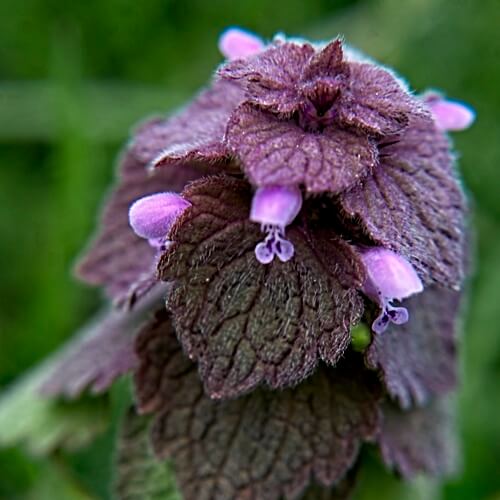


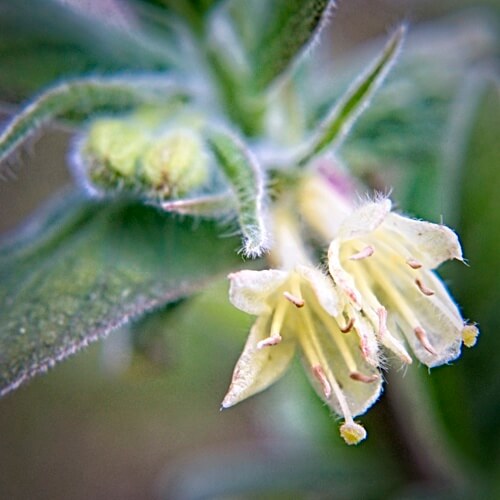


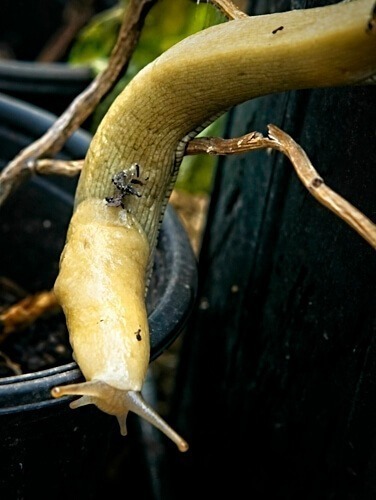

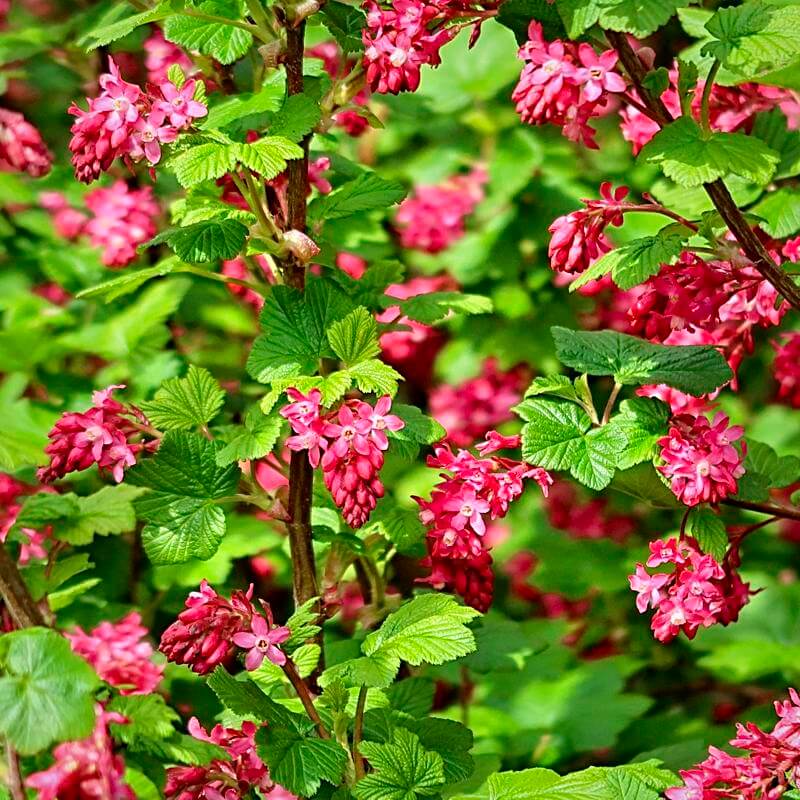
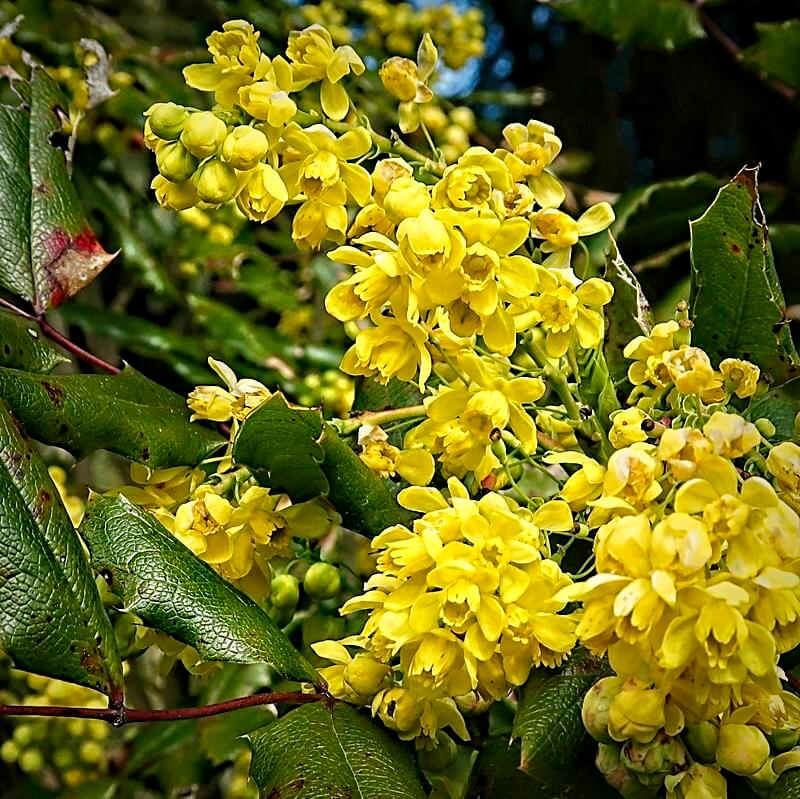
B—Consider submitting for publication in some form— article/pamphlet/iPhoto illustrated book.
The current Frontline offers little hope for environmental salvation. This would offer a brighter horizon.
G Madsen
I feel each and every person must assume responsibility to do what they can to turn this trajectory around. We cannot wait for “administrations.” Working “with” nature – creating small, interconnected ecosystems – helping nature however we can – is something anyone can do. I also recognize I speak from a position of privilege… which is all the more reason for some of us to step up.
As for publication? Thank you for that compliment. That would be a fun endeavor.
Thanks for your comment, Greg. A brighter horizon ahead, indeed. We can all make it happen! Good to hear from you. ~blythe